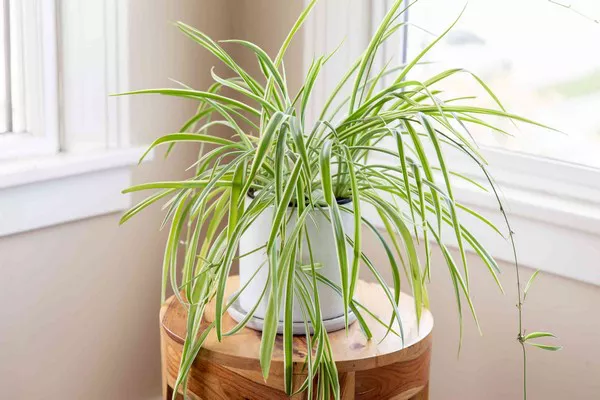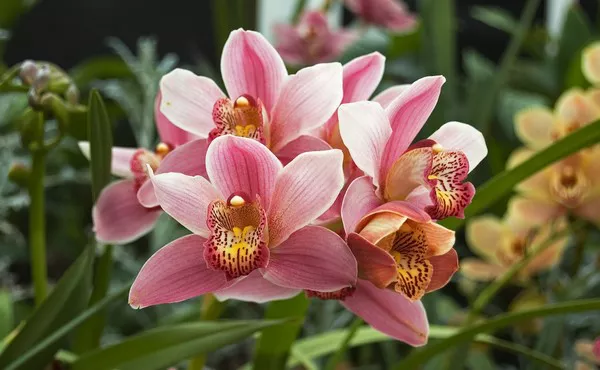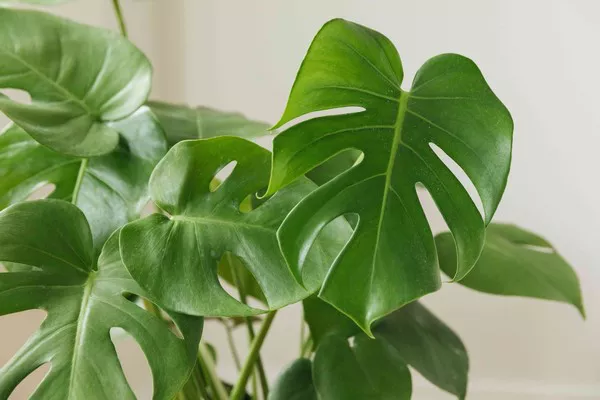Gardening with pollinators in mind is a rewarding endeavor that supports the health and diversity of our ecosystems. Pollinators such as bees, butterflies, and hummingbirds play a crucial role in the fertilization of many plants, ensuring that gardens thrive and produce abundant flowers and fruits. By planting bulbs that attract these beneficial creatures, gardeners can create vibrant and sustainable outdoor spaces. Here are the top 10 best bulbs for pollinators, along with tips on how to incorporate them into your garden.
Top 10 Best Bulbs for Pollinators
1. Crocus (Crocus spp.)
Crocuses are some of the earliest bloomers in the garden, often poking through the snow in late winter to early spring. Their bright, cup-shaped flowers come in a variety of colors, including purple, yellow, white, and blue, making them a cheerful addition to any garden.
Attraction to Pollinators
Crocuses are highly attractive to bees, particularly bumblebees, which are active early in the season. The flowers provide an important source of nectar and pollen when few other plants are in bloom.
Planting Tips
Crocus bulbs should be planted in well-drained soil in a sunny or partially shaded spot. Plant the bulbs about 3 inches deep and 3 inches apart in the fall for a stunning spring display.
2. Snowdrop (Galanthus nivalis)
Snowdrops are delicate, nodding white flowers that bloom in late winter to early spring. They are often among the first flowers to appear, signaling the end of winter.
Attraction to Pollinators
Snowdrops are a valuable early nectar source for bees, especially honeybees and bumblebees, emerging from hibernation.
Planting Tips
Snowdrop bulbs should be planted in well-drained soil in a shaded or partially shaded location. Plant them about 3 inches deep and 3 inches apart in the fall for early blooms.
3. Daffodil (Narcissus spp.)
Daffodils are popular spring bulbs known for their bright yellow, white, or orange flowers. They are hardy and deer-resistant, making them a reliable choice for many gardens.
Attraction to Pollinators
While not the most potent attractors of pollinators, daffodils still provide early-season nectar for bees and butterflies.
Planting Tips
Daffodil bulbs should be planted in well-drained soil in a sunny or partially shaded location. Plant the bulbs 6 inches deep and 6 inches apart in the fall for a robust spring display.
See Also: Top 10 Smallest Shrubs In the World
4. Tulip (Tulipa spp.)
Tulips are beloved for their wide range of colors and elegant shapes. They bloom in mid to late spring and can make a dramatic statement in any garden.
Attraction to Pollinators
Tulips attract bees and other pollinators with their vibrant colors and sweet nectar. Some species and varieties are more attractive to pollinators than others, so it’s beneficial to choose those known for their pollinator appeal.
Planting Tips
Tulip bulbs should be planted in well-drained soil in a sunny location. Plant them about 6 inches deep and 4 to 6 inches apart in the fall. For continuous blooms, plant a mix of early, mid, and late-season varieties.
5. Allium (Allium spp.)
Alliums, or ornamental onions, produce striking globe-shaped flower clusters atop tall stems. They come in various shades of purple, pink, and white and bloom in late spring to early summer.
Attraction to Pollinators
Alliums are a magnet for bees, butterflies, and other pollinators. Their dense flower heads provide ample nectar and pollen.
Planting Tips
Allium bulbs should be planted in well-drained soil in a sunny location. Plant the bulbs 6 to 8 inches deep and 6 to 8 inches apart in the fall. Their architectural blooms can be used as focal points or in borders.
6. Hyacinth (Hyacinthus orientalis)
Hyacinths are known for their intensely fragrant, densely packed flower spikes that come in a range of colors, including blue, pink, purple, white, and yellow. They bloom in early to mid-spring.
Attraction to Pollinators
The sweet scent and bright colors of hyacinths attract bees and other pollinators. Their early blooms provide an important nectar source in the spring.
Planting Tips
Hyacinth bulbs should be planted in well-drained soil in a sunny or partially shaded location. Plant the bulbs about 6 inches deep and 4 to 6 inches apart in the fall. Deadhead spent flowers to encourage bulb health and reblooming.
7. Bluebell (Hyacinthoides non-scripta)
Bluebells create enchanting carpets of blue flowers in woodlands and shady gardens. They bloom in late spring and are known for their delicate, bell-shaped flowers.
Attraction to Pollinators
Bluebells attract bees, including bumblebees, which find the nectar-rich flowers highly appealing. They are also visited by butterflies.
Planting Tips
Bluebell bulbs should be planted in moist, well-drained soil in a shaded or partially shaded location. Plant the bulbs about 4 inches deep and 4 inches apart in the fall. They naturalize well and can form dense colonies over time.
See Also: Top 10 Smallest Evergreen Trees for Your Garden
8. Grape Hyacinth (Muscari spp.)
Grape hyacinths produce clusters of small, bell-shaped flowers that resemble bunches of grapes. They bloom in mid to late spring and come in shades of blue, purple, and white.
Attraction to Pollinators
Grape hyacinths are favored by bees for their abundant nectar. The compact flower spikes make it easy for pollinators to collect nectar and pollen.
Planting Tips
Grape hyacinth bulbs should be planted in well-drained soil in a sunny or partially shaded location. Plant the bulbs about 3 inches deep and 3 inches apart in the fall. They spread easily and can create beautiful drifts of color.
9. Anemone (Anemone blanda)
Anemone blanda, also known as Grecian windflowers, are low-growing bulbs that produce daisy-like flowers in shades of blue, pink, and white. They bloom in early spring and add a splash of color to garden beds and borders.
Attraction to Pollinators
Anemones are attractive to bees and butterflies, providing early-season nectar and pollen.
Planting Tips
Anemone bulbs should be planted in well-drained soil in a sunny or partially shaded location. Plant the bulbs about 2 inches deep and 3 inches apart in the fall. Soaking the bulbs in water before planting can help with quicker establishment.
10. Scilla (Scilla spp.)
Scilla, or squill, produces clusters of star-shaped flowers in shades of blue, white, and pink. They bloom in early to mid-spring and are known for their ability to naturalize, creating carpets of color.
Attraction to Pollinators
Scilla flowers attract bees, providing an important source of early spring nectar. Their vibrant colors and easy accessibility make them a favorite among pollinators.
Planting Tips
Scilla bulbs should be planted in well-drained soil in a sunny or partially shaded location. Plant the bulbs about 3 inches deep and 3 inches apart in the fall. They are ideal for naturalizing in lawns, woodlands, and under trees.
Conclusion
By planting these top 10 bulbs for pollinators, gardeners can create beautiful and beneficial landscapes that support the health and diversity of pollinator populations. From the early blooms of crocuses and snowdrops to the striking flowers of alliums and tulips, each of these bulbs offers unique benefits to bees, butterflies, and other pollinators. With thoughtful planning and care, a pollinator-friendly garden can thrive year after year, contributing to the well-being of our environment and the joy of gardening.
You Might Be Interested In:



![10 Most Richest Cities in the United States [Revealed!]](https://www.validdownloads.com/wp-content/uploads/2023/12/Manjula-Pothos.webp)





















